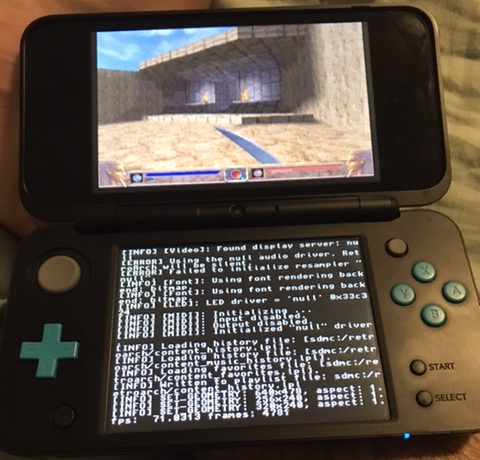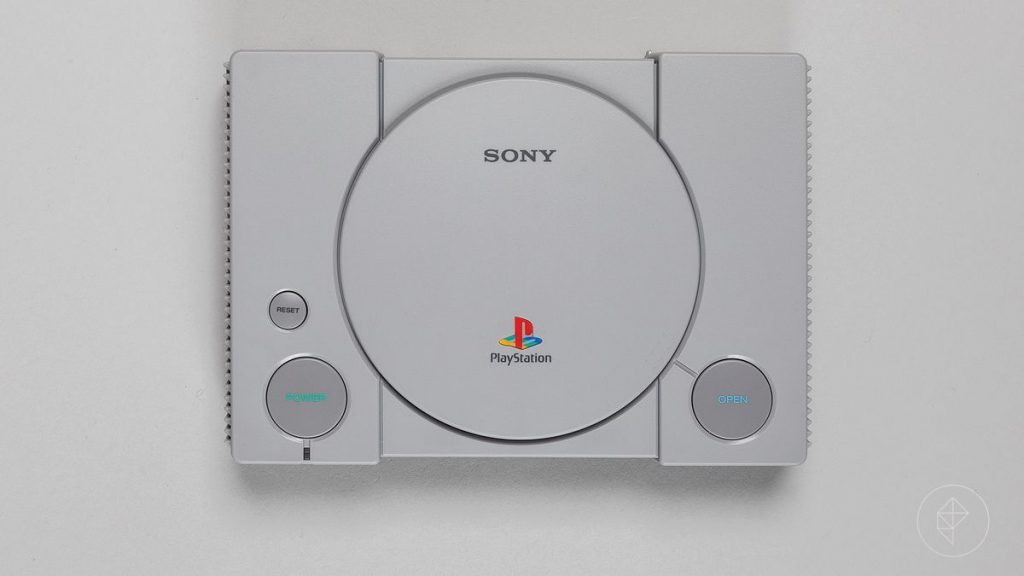
Written by Justin Weiss
NOTE: When talking about 3DS in this article, we actually mean the New 3DS. Don’t expect old 3DS to be able to emulate many games at fullspeed.
The Nintendo 3DS is a great little portable RetroArch machine. Especially for classic systems: it has all the buttons you need, and the screen is sharp and pixel-perfect. We’re happy to share a few improvements to RetroArch 3DS that make it even better.
Full-speed cores from the homebrew menu
There are a few different ways to run homebrew apps on the 3DS. Until recently, you could only run cores with a dynarec turned on, such as gpSP and PCSX ReARMed, if you installed the .cia version of RetroArch to the home menu.
On setups using Luma3DS 8.0 or higher, these dynarecs now run when launched as .3dsx files from the homebrew menu, for those who prefer to keep their home menu clean — there is no difference in speed between .cia and .3dsx.
Faster renderer for PCSX ReARMed
PCSX ReARMed has graphics and sound plugins, and some plugins are better suited for certain systems than others. Until now, the 3DS has used the P.E.Op.S. graphics plugin, which is reasonably accurate, but slow. We have just changed the 3DS builds to use PCSX4ALL’s Unai renderer, which is less accurate, but much faster. In many games, 10-20fps faster!
This means that on the New Nintendo 3DS, many PSX games will run at a full 60fps — outside of FMVs, loading, and special effects. But this next feature improves even those:
CHD support in PCSX ReARMed
CHD is a compression format that works great for disc images, losslessly shrinking CD-sized games into something more manageable. Support for CHDs was added to PCSX ReARMed by [fulfilling a bounty] earlier this year, but that support didn’t carry over into the 3DS version.
Now, CHD support has been enabled on PCSX ReARMed on 3DS. This means you can share the same images between RetroArch versions, the images will take up less speed on your SD card, and they will load (and run!) significantly faster than .bin/.cue files. This greatly reduces framerate dips, especially during FMVs and loading zones.
Full-speed PlayStation
When you combine the faster renderer with CHD support, a lot of great PlayStation games run at full-speed on the New Nintendo 3DS! Try it out today: the updated core is currently available in the latest nightly versions, and will ship with the next RetroArch release.


